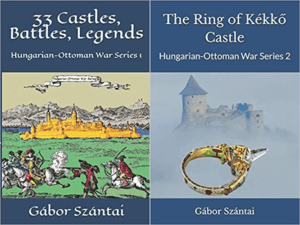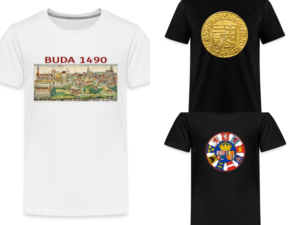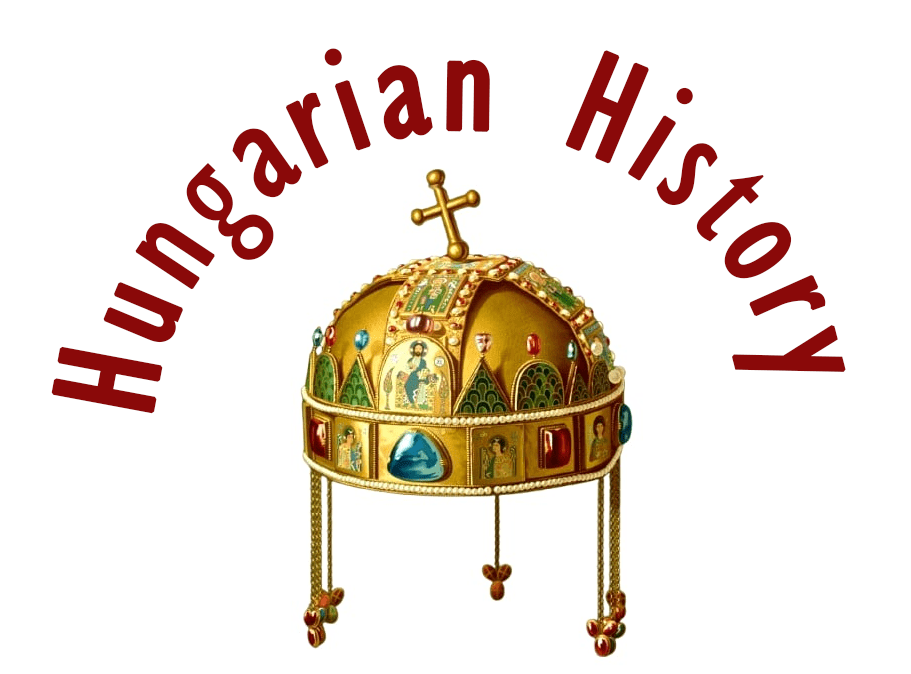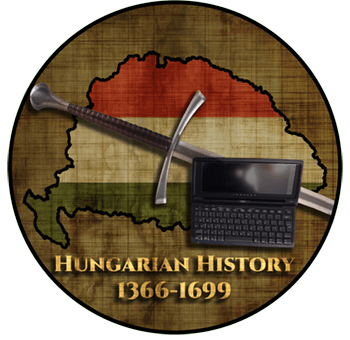
Kóbor (Cobor, Kiwern) village in Brassó county, Romania, Transylvania, but it belonged to Hungary before 1918. The place is famous for its fortified church. It is situated in the Hortobágy Mountains, part of the Oltmellék mountain range, next to the Tyúkosi (Tekesch) stream, which runs east and then southeast, flowing into the right bank of the Olt below Felsőtyukos. Location: https://tinyurl.com/2vxnjfa2

This small village is the oldest in the county of Brassó. In 1206, it was mentioned in the documents as Villa Cowrnh (in the boundary description of Dombos, together with Sáros and Felmér). Around 1211 (the arrival of the Teutonic Knights), the inhabitants of the village were probably Saxons. It belonged to the Saxon Kőhalomszék.

Over the years, it has changed its name several times: 1206 – Villa Cowrnh, 1488 – Kofferin, 1733 – Kobor, 1850 – Kovor, 1854 – Kobor, Kivern, Cobor. The Lutheran Kőhalomszék was the only Reformed village in the area. The first data about its population dates back to 1488, when 7 families lived here; the Turks exterminated almost the entire population in 1432.

Between 1529-1530, the village was destroyed again during the Turkish attack. The survival of the Saxon surname Kiewrer (kóbori) attests to the fact that one or two stray families may have survived the disaster, taking refuge in a neighboring village. In the course of the repeated destruction, the records and all documents were destroyed.

In the 16th century, many of the common Székely people fled to Kóbor. We know this from a document of King János Zsigmond dated 1570. Two serfs from the manor of Petki Mihály, Szabó László, and Szabó István, escaped to Kóbor. According to the 1640 census, we know the names of the families of Kóbor living at that time.

These names were: Egyed, Nagy, Pap, Máthé, Tyukosi, Kovács, Josa, Marosi, Pal, Csomor, Szabó (1571). Czika family name: In 1557, Andreas Zyke was the village magistrate (judge). In 1658, the castle church resisted the Crimean Tartars. The attackers managed to ruin the fortified church, though.

The castle, a rectangular fortress, measures 50 metres in length and 32 metres in width, with bastions at its four corners. The predecessor of this temple was a 15th-century Gothic church with Romanesque elements. The walls are four meters high, with semicircular loopholes. The north-western tower, projecting from the wall, is rectangular with sides eight meters long.

The southwest tower was demolished around 1900. The three-storey south-west tower juts out seven metres in front of the wall plane, with two built-in openings from which they could pour hot oil at attackers. The tower has an upper level with circular loopholes and a lower level with semicircular ones. An inscription on it, now illegible, bears the date 1653.

In the earthquake of 1802, the church, the bastions, and almost the whole village were burnt down. The heavily damaged bastions were demolished. The present church’s wooden panelled ceiling was built in 1846.

Changes in population composition over time:
1786: Fogaras county, house 200, population 905
1850: Military district of Nagyszeben, district of Kőhalom, sub-district of Zsiberk, house 254, population 1047; Ethnicity: 934 Hungarian, 57 Romanian, 56 Roma; Religion: 935 Reformed (ref.), 112 Greek Catholic (gk.)
1873: Kőhalom seat, house 261, area 3942 km², population 1059

1881: Nagy-Küküllő county, Zsiberk district, house 245, population 913; Mother tongue: 773 Hungarian, 41 Romanian, 16 German, 83 other; Religion: 795 Reformed, 100 Greek-Catholic, 17 Evangelical (Protestant), 1 Israelite (Jewish)
1910: Nagy-Küküllő county, Kőhalmi district, house 245, area 3971 hectares, population 888; Mother tongue: 786 Hungarian, 66 Romanian, 13 German, 23 other; Religion: 776 Reformed, 88 Greek-Catholic, 16 Protestant, 4 Unitarian, 2 Roman Catholic, 1 Greek-Catholic, 1 Jewish
1920: județul Târnava mare, plasa Cohalm, house 285, area 3971 hectares. Population 944: 826 Hungarians, 115 Romanians, 2 Jews, 1 German

1930: județul Făgăraș, plasa Făgăraș, pop. 854; Ethnicity: 745 Hungarian, 95 Romanian, 11 Roma, 2 German, 1 Jew
Mother tongue: 747 Hungarian, 106 Romanian, 1 German; Religion: 716 Ref., 106 Gk., 24 Unit., 3 Rka., 3 Ev., 1 Gka., 1 Izr.
1941: 854 inhabitants: 719 Hungarian, 57 Romanian, 4 German, 74 other (Romania, South Transylvania)
1956: 736 inhabitants
1966: 597 inhabitants (r. Făgăraș, R. Brașov)
Source: Balázs János: A kóbori templomerőd, 2003

Dear Readers, I can only make this content available through small donations or by selling my books or T-shirts.
Please, support me with a coffee here: https://www.buymeacoffee.com/duhoxoxa
You can check out my books on Amazon or Draft2Digital. They are available in hardcover, paperback, or ebook:
https://www.amazon.com/dp/198020490X or at https://books2read.com/b/boYd81

My work can also be followed and supported on Patreon: Become a Patron!http://Become a Patron!
Become a Patron! Donations can be sent by PayPal, too: https://tinyurl.com/yknsvbk7


https://hungarianottomanwars.myspreadshop.com/all
Subscribe to my newsletter here: https://tinyurl.com/4jdjbfkn
Here are more pictures of Kóbor:
































